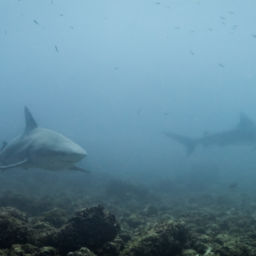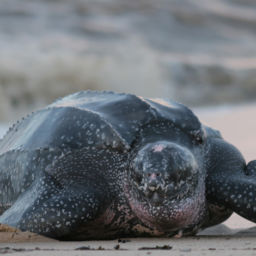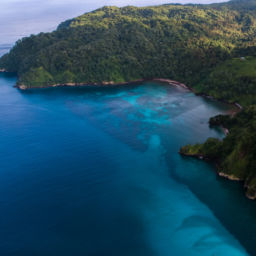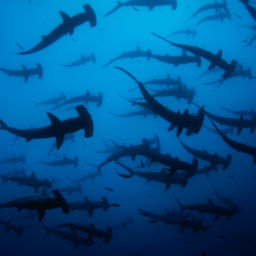Scientists, marine conservationists, and government officials from countries in the Americas have proposed a protected ocean corridor between Ecuador and Costa Rica to protect endangered species from extinction.
The proposed ocean corridor, or swim-way, would run along the Cocos Ridge. This 435-mile (700 km) underwater mountain range connects the Galapagos Islands Marine Reserve in Ecuador and the Cocos Islands Marine Reserve in Costa Rica. At-risk marine species use the biologically diverse ridge for mating and migration between Ecuador and Costa Rica. The swim-way aims to protect such species from fishing pressure in the surrounding waters.
A protected passage
Carlos Chacon, director of Pacific Network and a principal proponent of the swim-way, stated during an interview with telesurtv.net that it would be a new type of international marine management.
Chacon confirmed the Cocos and Galapagos Islands Marine Reserves are doing a good job of protecting sea life within their respective areas. But he asked “…what happens when these turtles, sharks, whales and mantas leave the reserves?”
Migramar, an international marine research and conservation organization, has tracked key marine species’ migration along the proposed swimway for the last 12 years. They confirmed the swim-way is a migratory route for sharks, whales, and sea turtles between the Galapagos and Cocos Islands.
The swim-way would potentially protect endangered species such as the Pacific leatherback sea turtle, green turtle, scalloped hammerhead shark, whale shark and silky shark. This would also benefit the Costa Rican and Galapagos liveaboard diving industries. Both areas are world-class dive destinations with diverse marine life, some found nowhere else on Earth. The addition of the swim-way would further protect the marine life found at both destinations.
Endangered status
Hammerhead and silky sharks are currently threatened in Ecuadorian waters; artisanal fisheries focusing on yellowtail tuna and mahi-mahi often land them as bycatch. Santiago Bucaram, Ph.D., a Pacific Network consultant, stated that between 2008 and 2012 artisanal nets caught over 40,000 tons of sharks as bycatch, or at least 250,000 sharks per year in Ecuadorian waters. Most of the sharks were caught within the proposed swimway area.
Despite a ban in Costa Rica, shark finning is still a problem in these waters, including within the proposed swimway region.
Chacon and Bucaram have highlighted they do not want to ban fishing in the swim-way altogether. Instead, they aim to create a sustainable marine environment that is also economically viable for commercial fishing. Chacon confirmed fishing seasons for some species of fish along the ridge may be required.
Positive talks have already been held with the Costa Rican government and meetings are scheduled with Ecuador’s Ministry for the Environment in January 2018.
Chacon and Bucaram are hoping the proposed oceanic corridor will be implemented within the next two to three years.
Kathryn Curzon, a diver and writer for Liveaboard.com, contributed this article.





